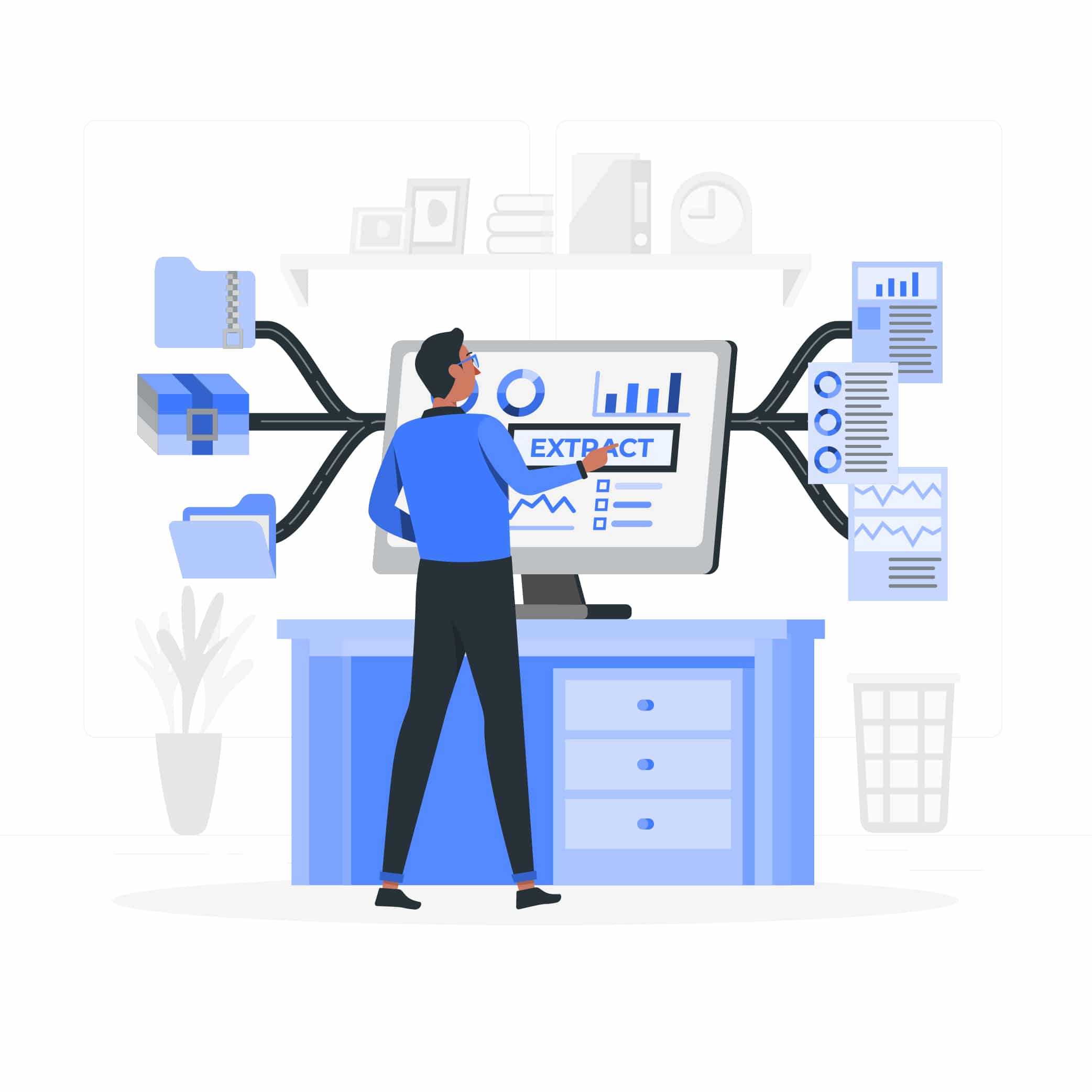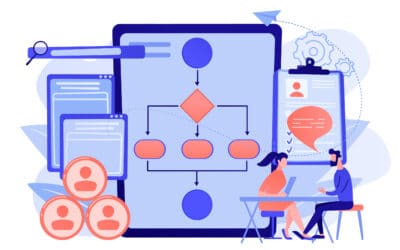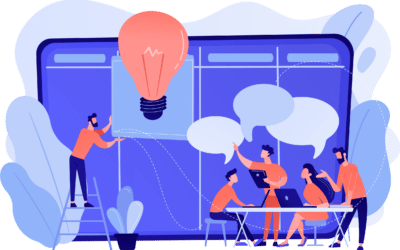Growth after COVID-19: Understanding Why Restaurant Owners Need a BPO Provider with Bundled Technology
COVID-19 rocked the nation’s businesses and forever shifted the day-to-day workplace. With many businesses scrambling to pick up the pieces, the restaurant industry has become the survival of the fittest…or shall we say, the survival of the best prepared. Companies who had partnered with the right Business Process Outsourcing (“BPO”) provider were already saving up to 40% on accounting, payroll, and reporting costs, and were positioned to react quickly and effectively to the economic shutdown, scaling their G&A costs as needed, and coming out better off than their non-BPO partnered colleagues.
BPO is an effective tool for business owners looking to grow. But as the economic landscape continues to shift, restaurant owners need to be looking for providers who offer more data and technology as a part of their outsourced services. The restaurant space is moving heavily towards delivery and carryout with ghost kitchens popping up more frequently. CFO’s are looking at the overall financial performance and relying on analytics to help adjust to today’s consumer climate. HR leaders are looking at technology that impacts the recruitment of quality talent, improves employee engagement, and drives process efficiency. Because so many branches of business are looking to modernize their processes, now more than ever, companies will need to rely on insight, data, and technology to propel them forward.
Bundled High-Tech Solutions Are More Affordable
One major struggle restaurant owners face is the ability to keep up with the software and technology needed to perform and enhance back office operations. Software licenses and technology upgrades are expensive, leaving multi-unit restaurant companies to rely on cumbersome, outdated, inefficient processes. Even if you’re outsourcing these duties, without the right technology, you could be spending countless hours on low-value tasks and risking more opportunities for mistakes and oversight.
Business owners need a BPO provider that offers access to leading technology along with their services. These providers often have partnerships in place with big tech and software companies, allowing them to provide these enterprise applications at a reduced rate. The cost of bundled technology and BPO services is typically much less compared to what companies would be spending if they tried to do it all in-house. And by bundling technology with BPO, the management, upkeep, and many of the security risks lie solely with the BPO provider, lifting the weight off of multi-unit restaurant companies.
For example; UKG Pro by UKG (formerly Ultimate Software) is highly sought-after by many companies who are looking to streamline their HR functions. InfoSync provides affordable access to UKG Pro with its payroll and HRIS services, giving companies access to tools they otherwise wouldn’t have. Functions such as Self-Service, Mobile, and Online Benefits Enrollment can be added to basic payroll services for an additional fee. This kind of A la carte service menu provides clients with the flexibility to pick and choose which pieces of technology best fit their needs and their budget.
Technology Impacts Employee Recruitment and Retention
Employee turnover is a constant concern for any business, but particularly so in the restaurant industry. High employee turnover creates unwelcome distractions for owners and managers, never-ending recruitment, the costs of training and ramping up employees, and a loss of institutional knowledge held by long-tenured employees. But with the right application in place, restaurants can combat high turnover levels using employee-focused technology as an investment into the employee experience.
For example, HRIS technology provides HR teams with streamlined processes and standard procedures, while also empowering store managers and even employees to take care of their basic HR needs. Staff can request pay stubs, W2 forms, or time off without having to physically come into the restaurant or fill out tedious forms. Because the technology makes these tasks easy for employees, they are able to take care of these needs in their personal life quickly and without headache, enabling them to focus on their work shift. This may seem like a small benefit, but these day-to-day details greatly impact the employee experience. More and more, employees want to work for companies that are technologically advanced. The more employee-based technology a company invests in, the more they are perceived as a company that invests in their employees.
On-demand payment vendors are another example of employee-focused technology. These applications give staff access to their wages as they earn them, instead of waiting for the end of the pay period. InfoSync is partnered with on-demand payment vendors such as DailyPay and Netspend. Because InfoSync already takes care of the accounting and payroll, our clients can offer these benefits to their employees without added work, cost, or pressure on their operations teams. Our clients have seen a positive impact on the employees who have taken advantage of this benefit. Because they have access to their earned wages before payday, they have been able to better manage their finances and pay bills, reduce financial stress and increase their engagement at work. A DailyPay case study was performed with an InfoSync client. The case study showed a 72% decrease in turnover for our client (on average 42% of front-of-house employees leave within the first three months, and 43% of managers leave within the first year), which in turn became significant cost savings for that specific multi-unit restaurant company.
Technology Shows You How You’re Doing and What to Do Next
Operational Reporting allows users to see how their business is performing without having to wait for financials to be published. Data polled from the restaurant systems can be presented to the right people at the right time. KPI’s are rolled up above-store in near real-time so business leaders can make timely decisions.
A growing trend is to use Business Intelligence (BI) coupled with Operational Reporting to allow users to see data from many sources in a consolidated, yet easy-to-understand format. Bi is designed to portray an understanding of business dynamics and key performance metrics, aggregated from multiple sources, enabling an organization to improve its decision-making capabilities. Mostly, BI is considered to equip decision-makers at both tactical and strategic levels with the required information for understanding, managing, and coordinating the operations and processes in organizations. This data is often displayed on a dashboard with visuals such as graphs and reports and includes items such as Sales, Labor and Cost, Speed of Service, Menu Mix, Ticket Level Detail, and Loss Prevention.
Operational Reporting and Bi allow business owners to eliminate inefficiencies by pinpointing processes that are underperforming and adjust accordingly. It puts all of the company’s data in one location, giving operators the power to see trends and adjust as needed. CFOs are relying on this kind of data more and more, as preparing for another unprecedented event has become a concern.
The Technology Should Give You Flexibility
When you outsource to a BPO provider that bundles its transaction processing services with enterprise technology, you’re passing the management and maintenance of the accounting and HR applications and systems to your provider. So instead of worrying about back-ups, updates, and outdated technology, your resources are free to focus on strategic and other essential business functions.
The Technology Should Minimize Oversight
InfoSync uses Optical Character Recognition (OCR) in conjunction with our Finance and Accounting services. OCR reads data from vendor invoices and populates the information into our accounting system, which is then verified by our AP processors. This increases accuracy for our clients, saves time on data entry, and puts InfoSync on the leading edge of OCR innovation.
Electronic Data Interchange (EDI) is another example of technology InfoSync uses that ensures accuracy and efficiency. EDI is the ability to interchange information electronically, without using paper. Many of InfoSync’s vendors use EDI to transfer information, such as invoices that come directly from the vendor and go directly into our AP system. This means no more printing or receiving paper and potentially losing or missing invoices for clients. These technological systems have been made possible by our IT team, who is specialized in BPO technology and continuously working to build functions that benefit our clients.
Choosing the Right Provider
Offering bundled technology isn’t enough. Companies need to look at how BPO providers go about delivering all of these services and how much time owner/operators will need to commit to their BPO team.
Cost Savings, time savings, flexibility, improving the employee experience, insight, and improving how to review and manage your business are all key for multi-unit companies who want to come back from the COVID-19 pandemic stronger than before. The best move any multi-unit company can make right now is learning from the past year and adjusting to be more prepared for the next unprecedented event. Multi-unit companies should be researching BPO providers and asking questions now. Old ways are no longer sufficient, and businesses need to adjust to the new climate as soon as possible and become proactive by investing in a BPO partner with bundled technology that will lead them to success.





0 Comments